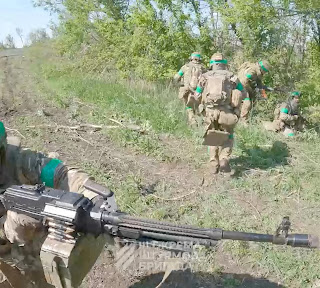Ukraine has fought an existential fight for survival and come out ahead. It has superior weapons from committed allies, a battle-hardened soldiery and officer corps exhibiting determination, resilience, creativity, adaptibility, all under smart leadership.
The remaining building blocks for achieving the nation's goals in this war are more intangible than tangible. They have the tanks, guns and drones. What is now required is the training and coordination to win at scale rather than in localized engagements against a depleted and demoralized enemy. There will not be time for this before the counteroffensive kicks off, but to sustain their military and country, moving out from under the Soviet system will be crucial. JL
Eric Kramer and Paul Schneider report in War On the Rocks:
The Ukrainian Armed Forces have performed admirably but need to refocus
their training and operations on combined arms operations and to become
adept at operating at night. Ukraine is in an existential fight for its existence, and interservice rivalry needs be set aside. History has repeatedly shown how a well-trained and properly led
military can beat a poorly trained army. The challenging part is
changing the mentality of senior leaders who have spent decades in the
Soviet system to a mission command philosophy that allows for
flexibility and initiative with the understanding that it will not
result in a disaster or a prison sentence but rather battlefield
victory.





















































